Skateboarding in swimming pools: the case of Alvar Aalto’s Villa Mairea
A family of shows at Aalto2 Museum Centre explores skateboarding in swimming pools through the case study of Alvar Aalto’s Villa Mairea in Finland

Exploring skateboarding in swimming pools, a series of exhibitions is opening this weekend at the Aalto2 Museum Centre in Jyväskylä, Finland. The shows zoom into the enduring – and possibly unexpected – legacy of Finnish modernist architecture master Alvar Aalto on the culture of skateboarding.
In 1939, Aalto – in collaboration with his wife, Aino – designed Villa Mairea, an experimental private home in rural southwestern Finland. In its grounds, he integrated a kidney-shaped concrete swimming pool that has since become iconic – both as a precursor to the rise of similar midcentury pool designs, and as a structure that would be unexpectedly adapted by skateboarders in the US as a perfect basin to skate in.

The iconic swimming pool of Villa Mairea
‘The Pool’: skateboarding in swimming pools, Alvar Aalto, and more
The exhibitions, under the banner ‘The Pool’, start with ‘From the Surf to the Sidewalk – When Skateboarding Culture and Architecture Meet’. Tracing how this pool design became synonymous with skateboarding culture in California, it aims to place Aalto’s architectural output in a broader cultural and social context.
The pool at Villa Mairea is thought to be the first kidney-shaped pool in the world. It was unusual for its free-flowing form, curved bowl basin, and lack of any sharp angles or corners. Almost a decade later, a similar design was adopted by US landscape architect Thomas Church, who was friends with Aalto, for the swimming pool of the Donnell Garden in Sonoma, California, which he designed in 1948 with architects Lawrence Halprin and George Rockrise.
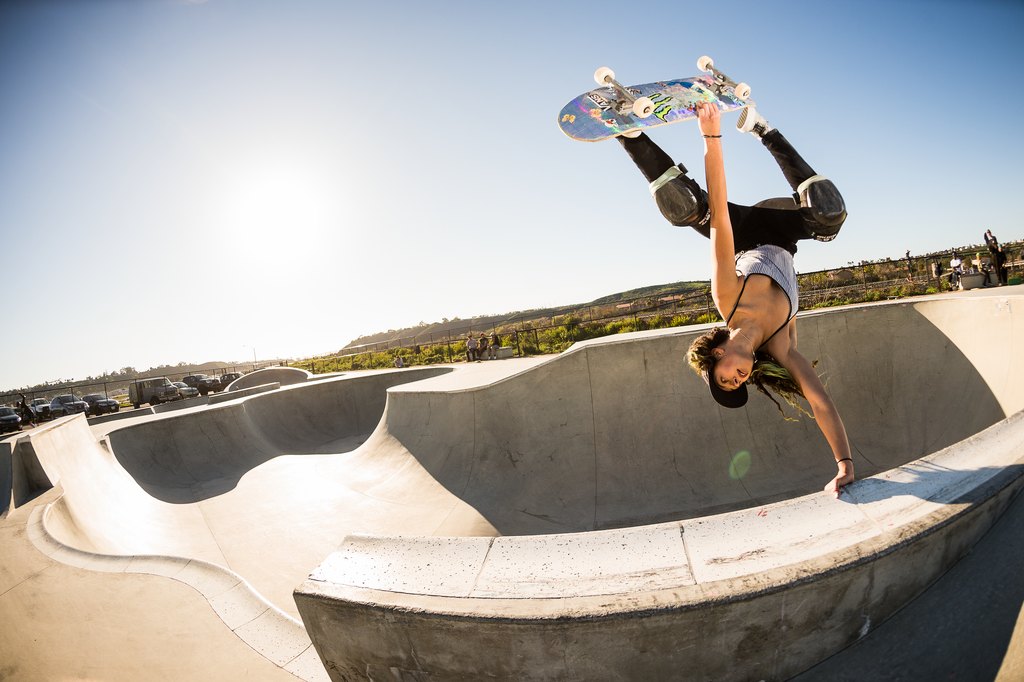
Skateboarder Lizzie Armanto mid-move
Taking a radically new shape to the prevalent rectilinear style, the Donnell Garden pool influenced a wave of architects, soon becoming a symbol of the leisure-focused modernist suburban architectural garden. ‘It was one of the key projects of California modernism,’ says exhibition curator Juho Haavisto.
By the 1970s, gardens across the state were dotted with similar pools, and when the drought of 1976 hit, many of them were left empty. Skateboarders soon realised these concrete basins were perfect for skating and developing tricks in, birthing a culture of skateboarding in which bowls – and their related half-pipes – are core components of practising and skatepark design.
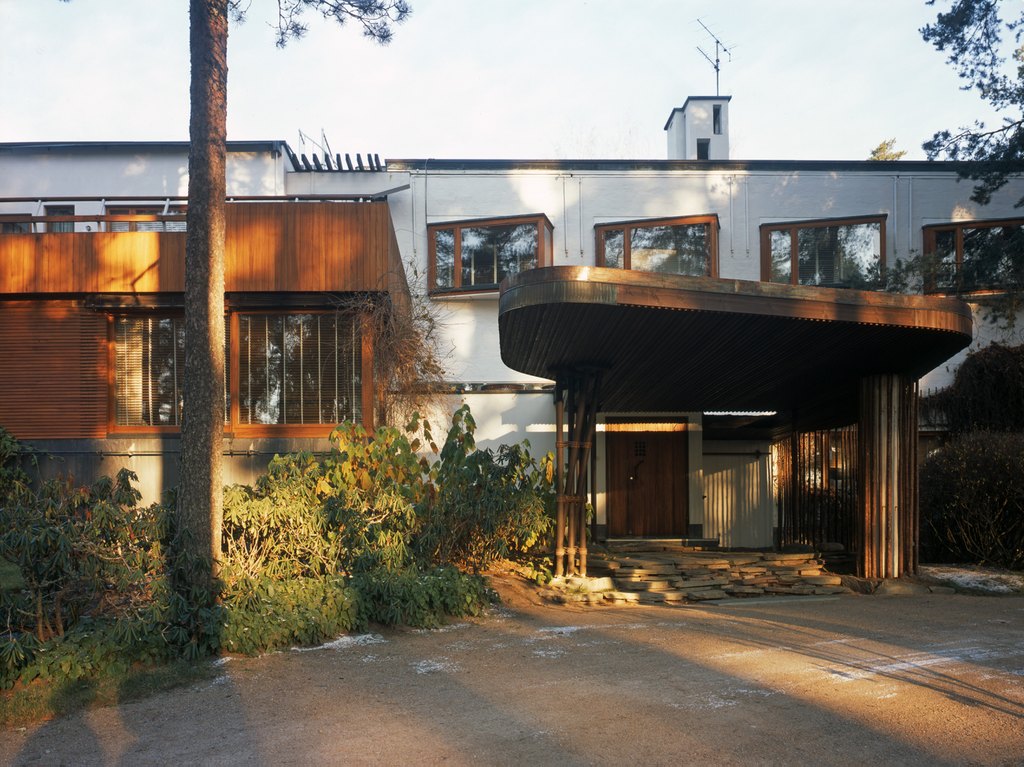
Villa Mairea's main entrance
‘The built environment is physically crucial to skateboarding,’ says Haavisto. ‘You need concrete, asphalt or similar solid flat ground just to be able to push forward. Some skate spots do have remarkable architecture and design – but some great places can be quite utilitarian designs.’
Receive our daily digest of inspiration, escapism and design stories from around the world direct to your inbox.
Another exhibition in ‘The Pool’ series is ‘Colors’, which explores the inclusivity of skateboarding culture through the eyes of American-Finnish Olympic skateboarder Lizzie Armanto – a long-time admirer of Aalto and his pool design. ‘Pools before Aalto’s had hard edges where the floor and the walls met, whereas Aalto added curvature,’ says Armanto. ‘This created the transition that made it perfect to ride up the wall.’
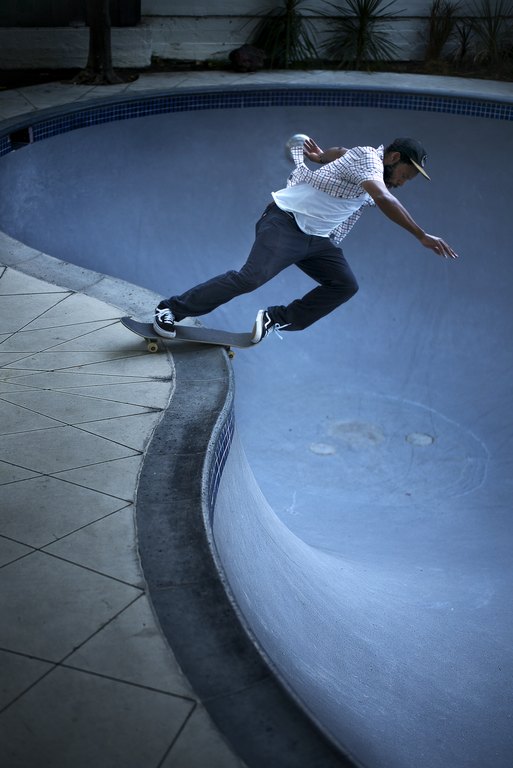
Skateboarder Ray Barbee practising in an empty pool
Armanto believes skateboarders and architects see the world in similar ways. ‘They’re always looking at their surroundings for new possibilities,’ she says. ‘I feel like skateboarders are constantly pushing the boundaries of how to interact with their surroundings. Pools were made for swimming and yet, in a perfect storm of events, they were emptied and skateboarders found them, and learned how to fly in the air.’
‘Concrete Currents’, also at Aalto2, showcases photographic work from Finnish skateboarder and photographer Arto Saari – including shots of skaters in Aalto-inspired kidney-shaped pools across California. ‘It has been amazing to see how Aalto’s design has broken down barriers and created a new living organism,’ says Saari. The pool at Villa Mairea, he adds, ‘ultimately became much more than just a swimming pool’.
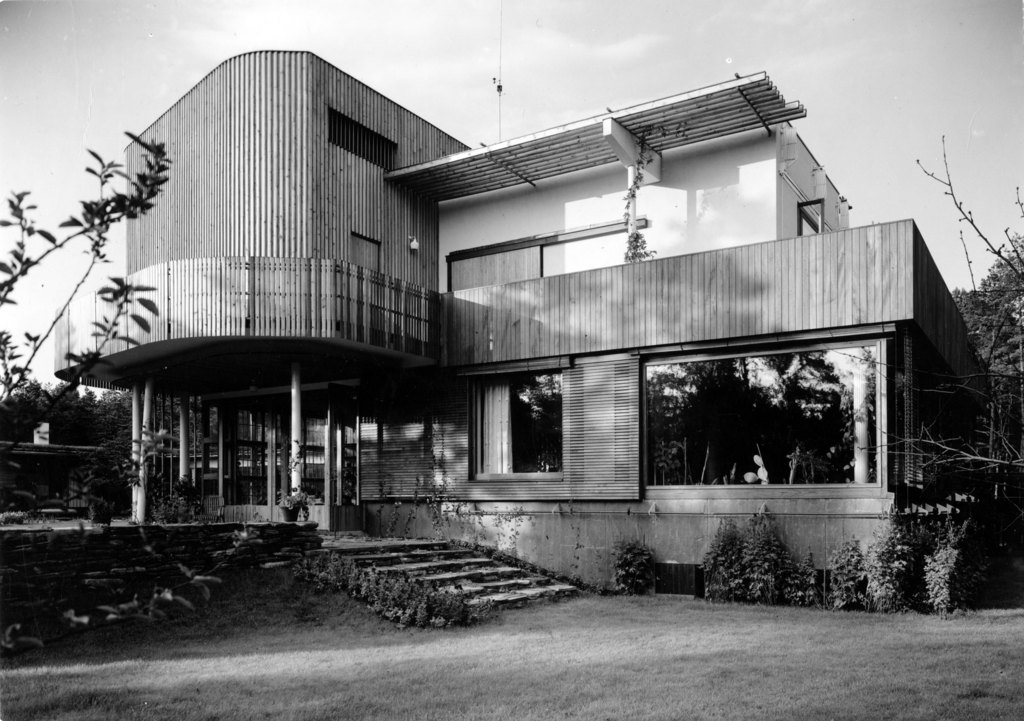
Villa Mairea (1938–39)
Francesca Perry is a London-based writer and editor covering design and culture. She has written for the Financial Times, CNN, The New York Times and Wired. She is the former editor of ICON magazine and a former editor at The Guardian.
-
 Robert Stone’s new desert house provokes with a radical take on site-specific architecture
Robert Stone’s new desert house provokes with a radical take on site-specific architectureA new desert house in Palm Springs, ‘Dreamer / Lil’ Dreamer’, perfectly exemplifies its architect’s sensibility and unconventional, conceptual approach
-
 Backstage at the Old Vic is all about light, theatre and sustainable action
Backstage at the Old Vic is all about light, theatre and sustainable actionThe theatre's new creative hub by Haworth Tompkins has completed, bringing a distinctly contemporary and colourful addition to the popular theatre space in South London
-
 New Marseille restaurant Dévo dishes up a sultry 1970s mood
New Marseille restaurant Dévo dishes up a sultry 1970s moodMirrors, satin curtains, and tubular steel define the atmosphere of this theatrical hangout, as envisioned by a local team of creatives
-
 2025 Lisbon Architecture Triennale ponders the (literal and figurative) weight of humanity
2025 Lisbon Architecture Triennale ponders the (literal and figurative) weight of humanityJoin us on a tour of the 2025 Lisbon Architecture Triennale, exploring the question ‘How Heavy is the City?’ and our impact on the planet
-
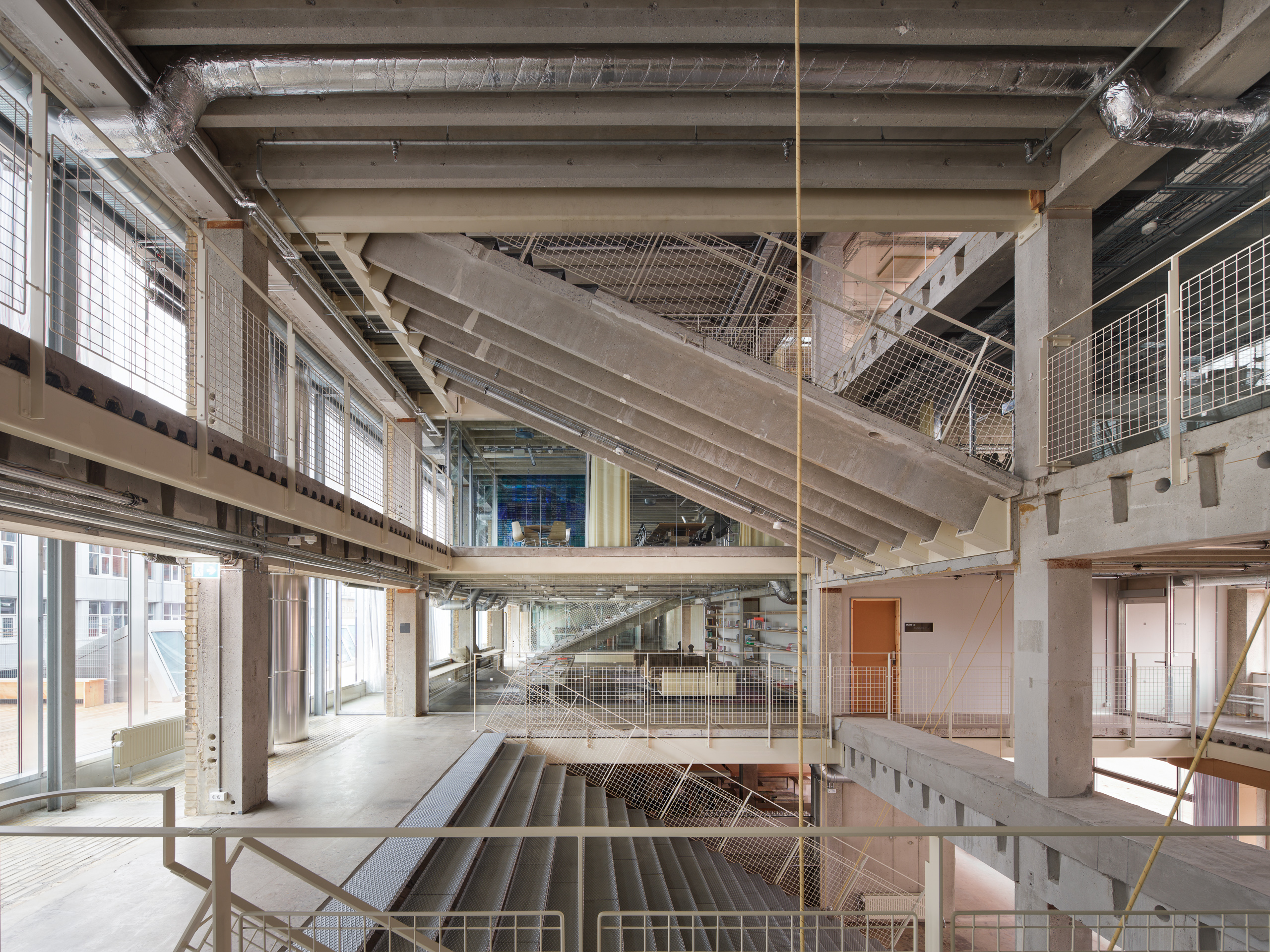 Is slowing down the answer to our ecological challenges? Copenhagen Architecture Biennial 2025 thinks so
Is slowing down the answer to our ecological challenges? Copenhagen Architecture Biennial 2025 thinks soCopenhagen’s inaugural Architecture Biennial, themed 'Slow Down', is open to visitors, discussing the world's ‘Great Acceleration’
-
 Shanghai’s biennial, RAMa 2025, takes architectural exploration outside
Shanghai’s biennial, RAMa 2025, takes architectural exploration outsideRAMa 2025, the architecture biennial at Rockbund Art Museum in Shanghai, launches, taking visitors on a journey through a historic city neighbourhood – and what it needs
-
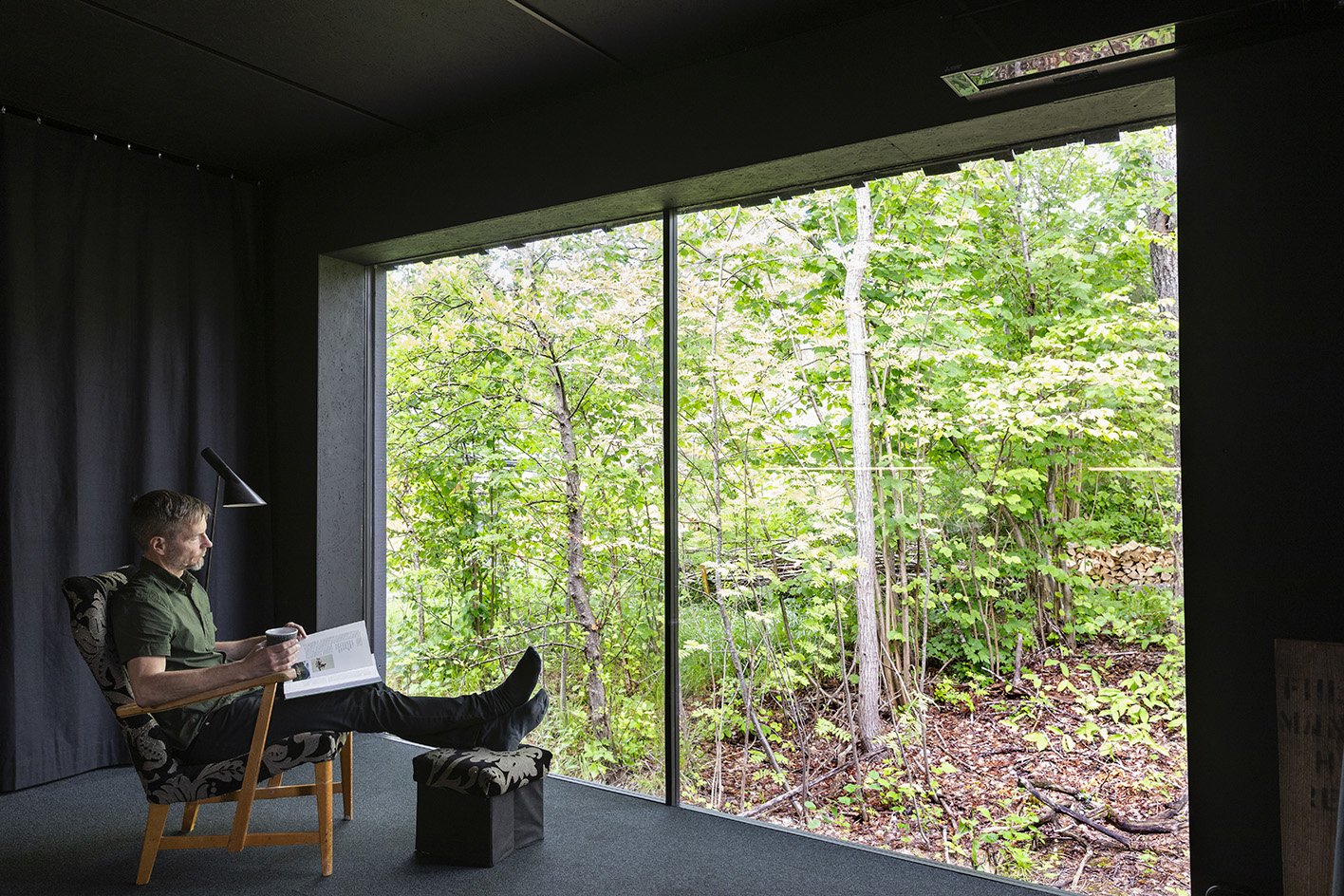 A carbon-emission-busting house, yeast-biomass building, and more ‘Designs for a Cooler Planet’
A carbon-emission-busting house, yeast-biomass building, and more ‘Designs for a Cooler Planet’‘Designs for a Cooler Planet’ returns to Aalto University in Finland as part of the annual Helsinki design and architecture week, highlighting buildings, materials and solutions towards a better future
-
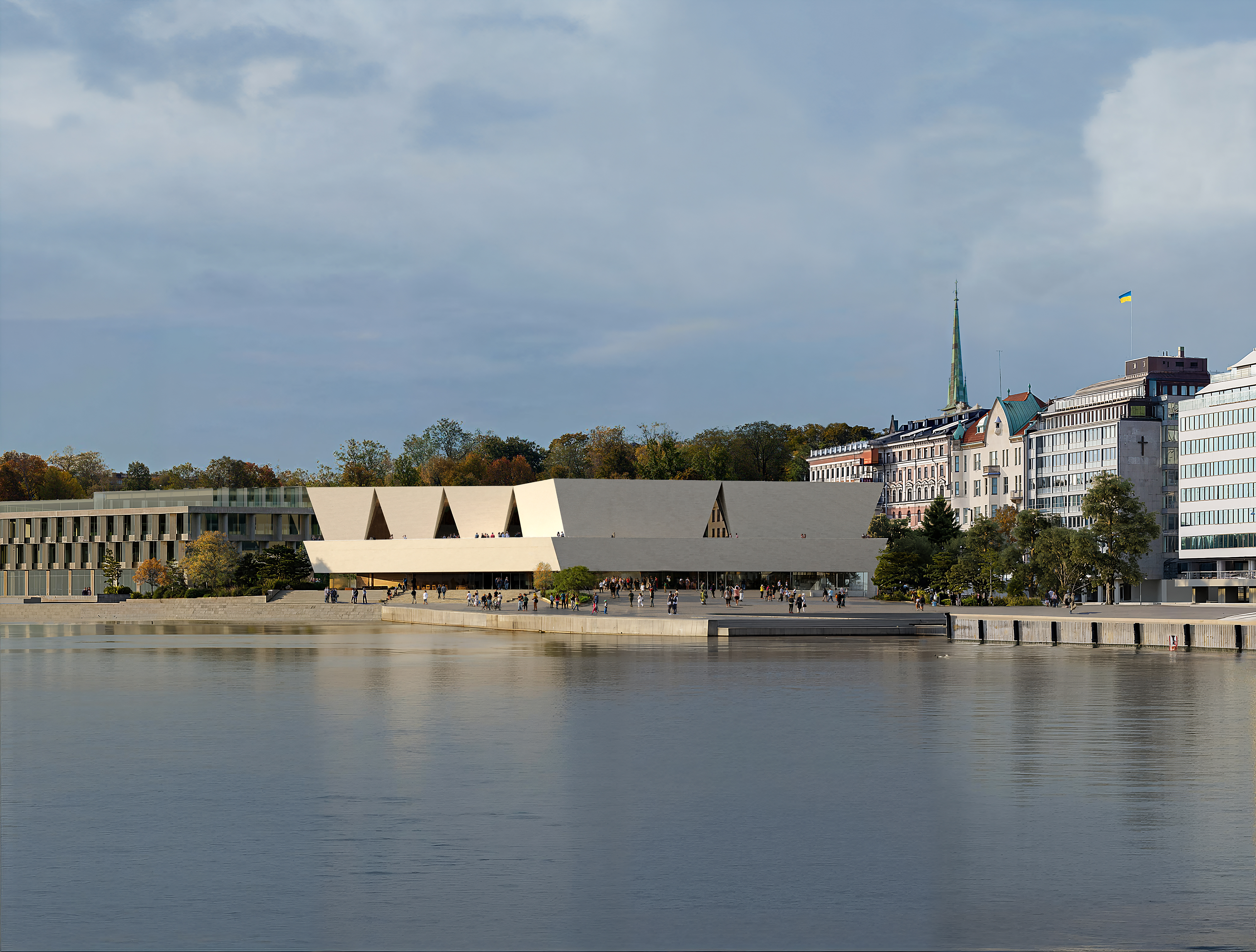 Meet the newly appointed architects of Finland’s Museum of Architecture and Design
Meet the newly appointed architects of Finland’s Museum of Architecture and DesignJKMM has been announced the winner of the competition to design the prestigious new Museum of Architecture and Design of Finland in Helsinki
-
 Germane Barnes just transformed a humble Indiana parking garage into an enormous sub-woofer system
Germane Barnes just transformed a humble Indiana parking garage into an enormous sub-woofer systemWith Joy Riding, the Miami-based designer’s installation at Exhibit Columbus, Barnes celebrates togetherness by evoking Black car culture
-
 A new London exhibition explores the legacy of Centre Pompidou architect Richard Rogers
A new London exhibition explores the legacy of Centre Pompidou architect Richard Rogers‘Richard Rogers: Talking Buildings’ – opening tomorrow at Sir John Soane’s Museum – examines Rogers’ high-tech icons, which proposed a democratic future for architecture
-
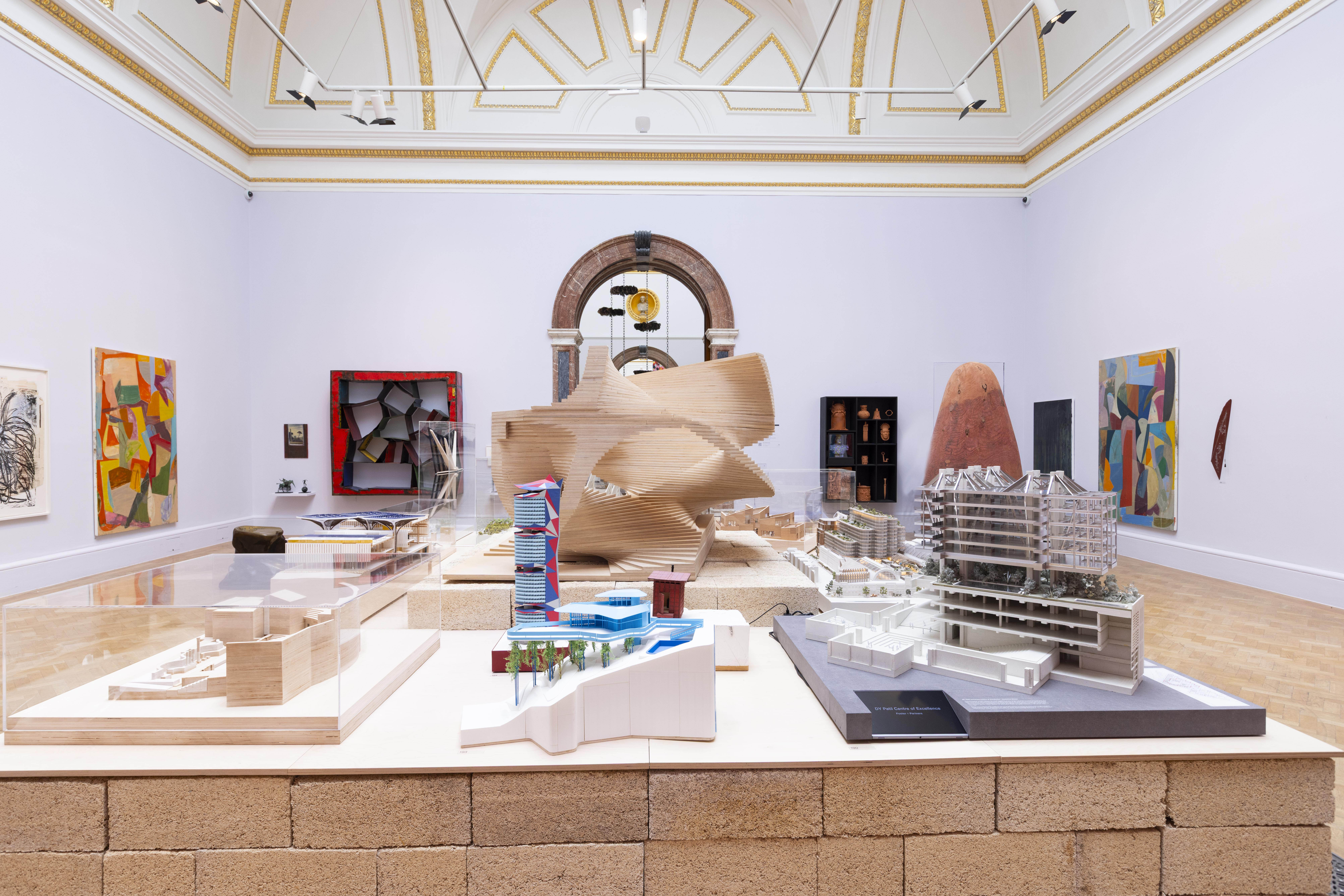 At the Royal Academy summer show, architecture and art combine as never before
At the Royal Academy summer show, architecture and art combine as never beforeThe Royal Academy summer show is about to open in London; we toured the iconic annual exhibition and spoke to its curator for architecture, Farshid Moussavi